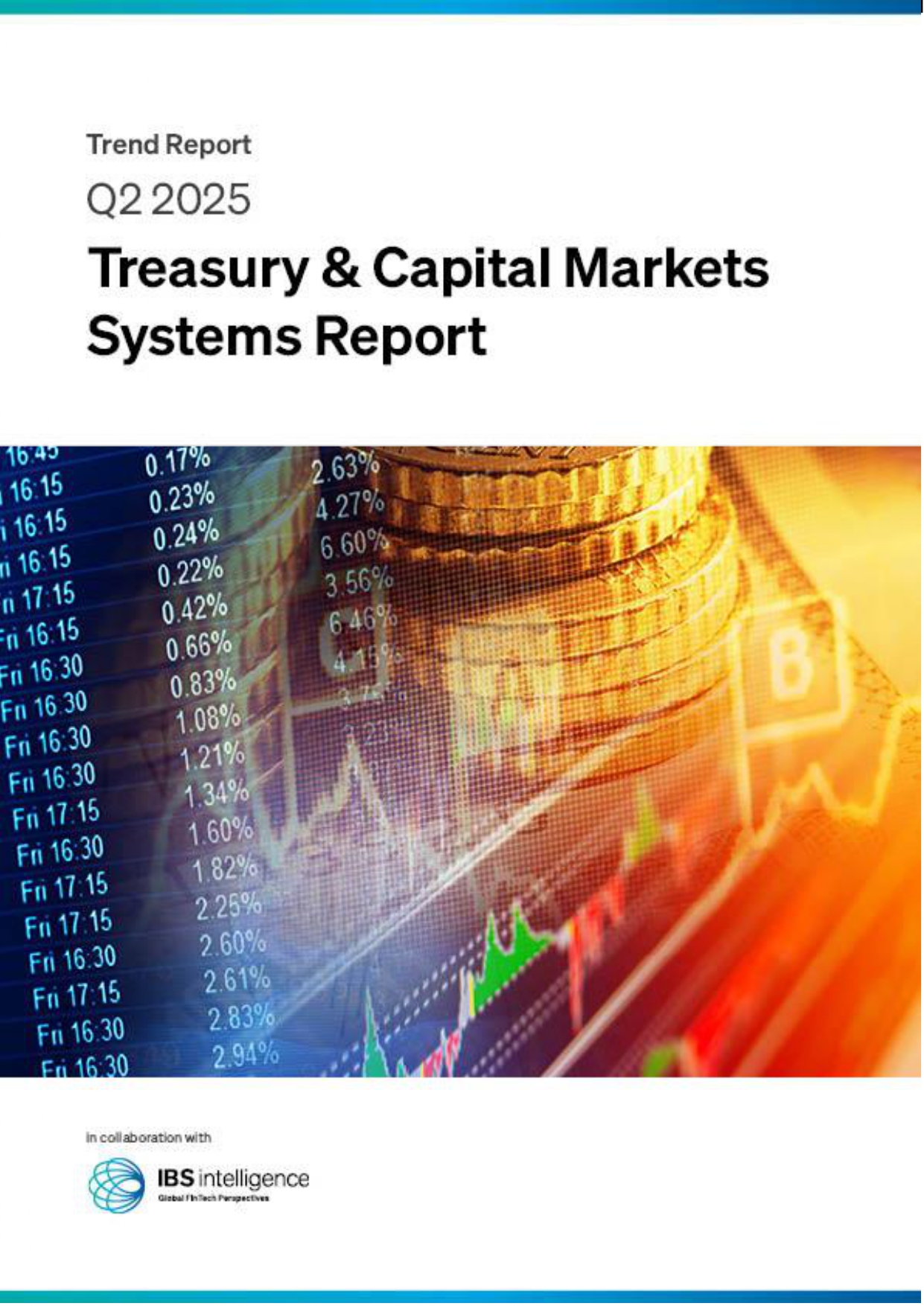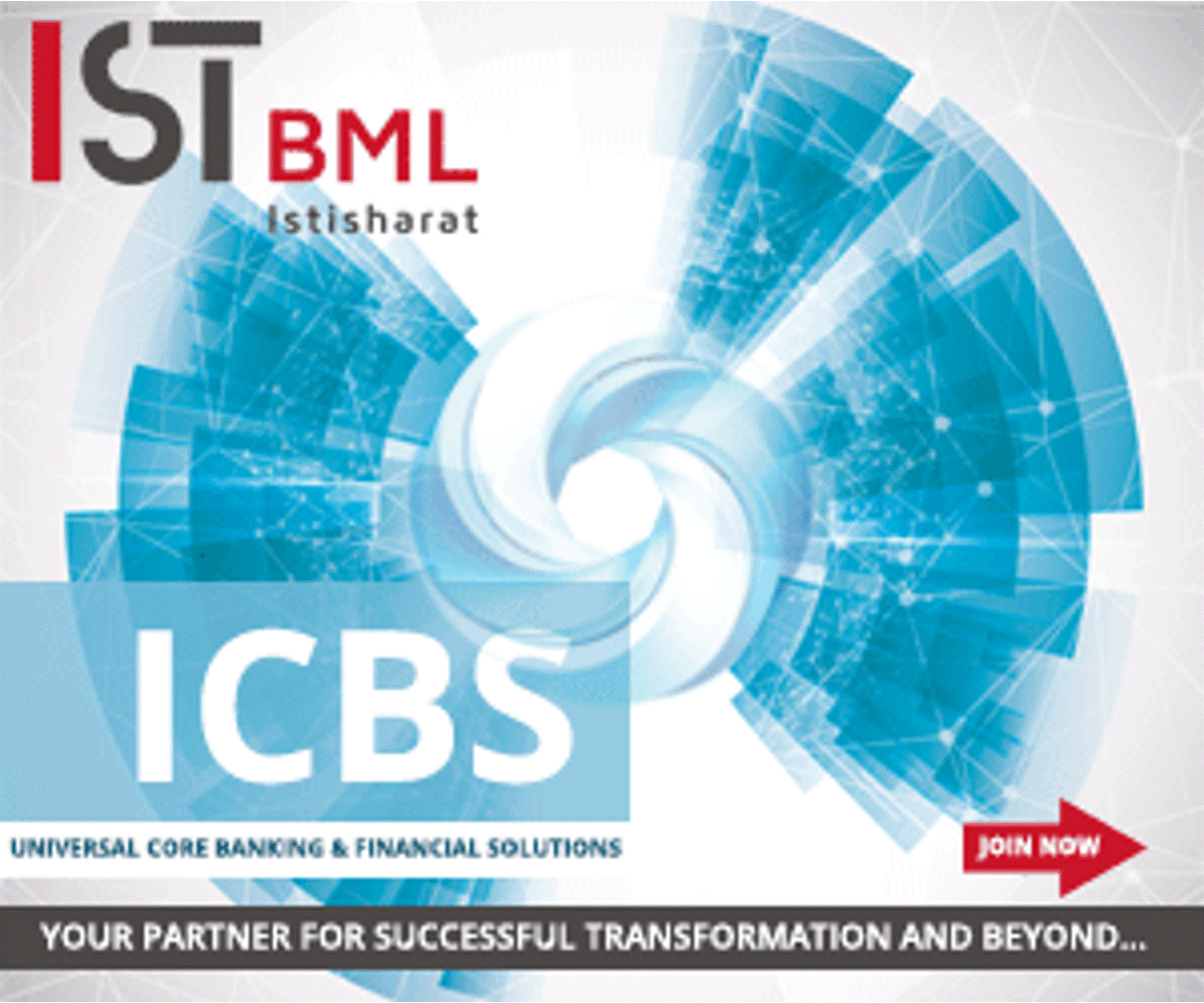 Back
Back
Top 3 Community banking trends to watch out for in 2021
By Pavithra R
 2020 demonstrated why Community banks are important touchstones in people’s lives. Many institutions went above and beyond to help during the time of crisis by offering various supports such as helping families with their loan payments, helping community food banks, or by extending Paycheck Protection Program (PPP)loans to small businesses. Their actions underscore a critical point: Community banks see the people, not just the numbers.
2020 demonstrated why Community banks are important touchstones in people’s lives. Many institutions went above and beyond to help during the time of crisis by offering various supports such as helping families with their loan payments, helping community food banks, or by extending Paycheck Protection Program (PPP)loans to small businesses. Their actions underscore a critical point: Community banks see the people, not just the numbers.
Fiserv, a leading global provider of financial services technology solutions, has outlined three key 2021 trends to watch in Community banking. The key trends pointed out are:
1, FinTech collaborations: With the increased digital adoption and growing need to attract a younger demographic, community banks are considering the benefits of collaborating with FinTechs for core deposit and loan growth. This could be of great significance with nonbank FinTechs and other global tech companies extending their product suite by embedding traditional banking products into their user experience. FinTech- community bank collaborations are beneficial to both as they can cross-selling products and services complementary to the partnership and make it available through the bank.
“FinTech partnerships will continue to become more of a necessity as community banks strive to maintain their relevance in a dynamic financial services and regulatory landscape,” said Sunil Sachdev, Fiserv. With such kinds of partnership, concerns such as whether FinTech will sell the acquired customer data to third parties or uses the data to create competing products can completely be negated as the bank is accountable for the regulatory compliance, FDIC insurance, back-end processing, and other requirements.
2, The evolution of Community Bank business model: Many community banks have tied their franchise value to physical branch networks in areas they serve. But branch and personnel costs can be 2 of the biggest expenses the institutions face. With increased customer preference towards digital engagement, the traditional branch proximity preference dropped significantly. The COVID-19 pandemic accelerated this drop driving branch-first customers to engage their FI through digital channels, including mobile and online banking and integrated banking kiosks.
“It is time for community banks to evolve their business model from earning on the stock of funds to earning from the flow of funds,” said Carlos P. Naudon, President and CEO at Ponce Bank.
Community banks must continue the hyperfocus and deepen engagement with Main Street, rather than emphasizing on geography affinity. Even though many SMBs appreciate the personal connections offered by the institutions, they also likely want access to competitive products and omnichannel experiences for their customers. By understanding today’s SMB transaction in details, institutions can decrease the risk of disintermediation and provide competitive payment-related services, while deepening relationships and accelerating the evolution of their banking business model.
3, Universal Banking: The evolving digital transformation has heightened customer expectations for banking experiences. These digitally native population is looking to engage their FIs through any channel they choose and want all banking needs addressed in a single interaction.
To stand upon this need, many community banks are adopting universal banking, which harnesses the power of data to reimagine the customer experience in the branch, through the call center and online. Customer relationship management (CRM) solutions are expected to play an integral part in helping community banks incorporate universal banking and deliver on the expectations of their customers.
The right balance of high touch and high tech can help community banks stay engaged locally while removing extraneous costs and run efficiently, competing with FinTechs that don’t have the same cost structure.
Also read: US Financial Services Technology Market Report
IBSi FinTech Journal
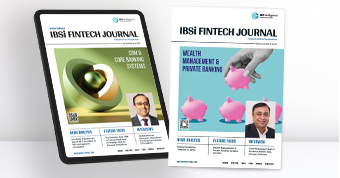
- Most trusted FinTech journal since 1991
- Digital monthly issue
- 60+ pages of research, analysis, interviews, opinions, and rankings
- Global coverage
Other Related News
Related Reports

Sales League Table Report 2025
Know More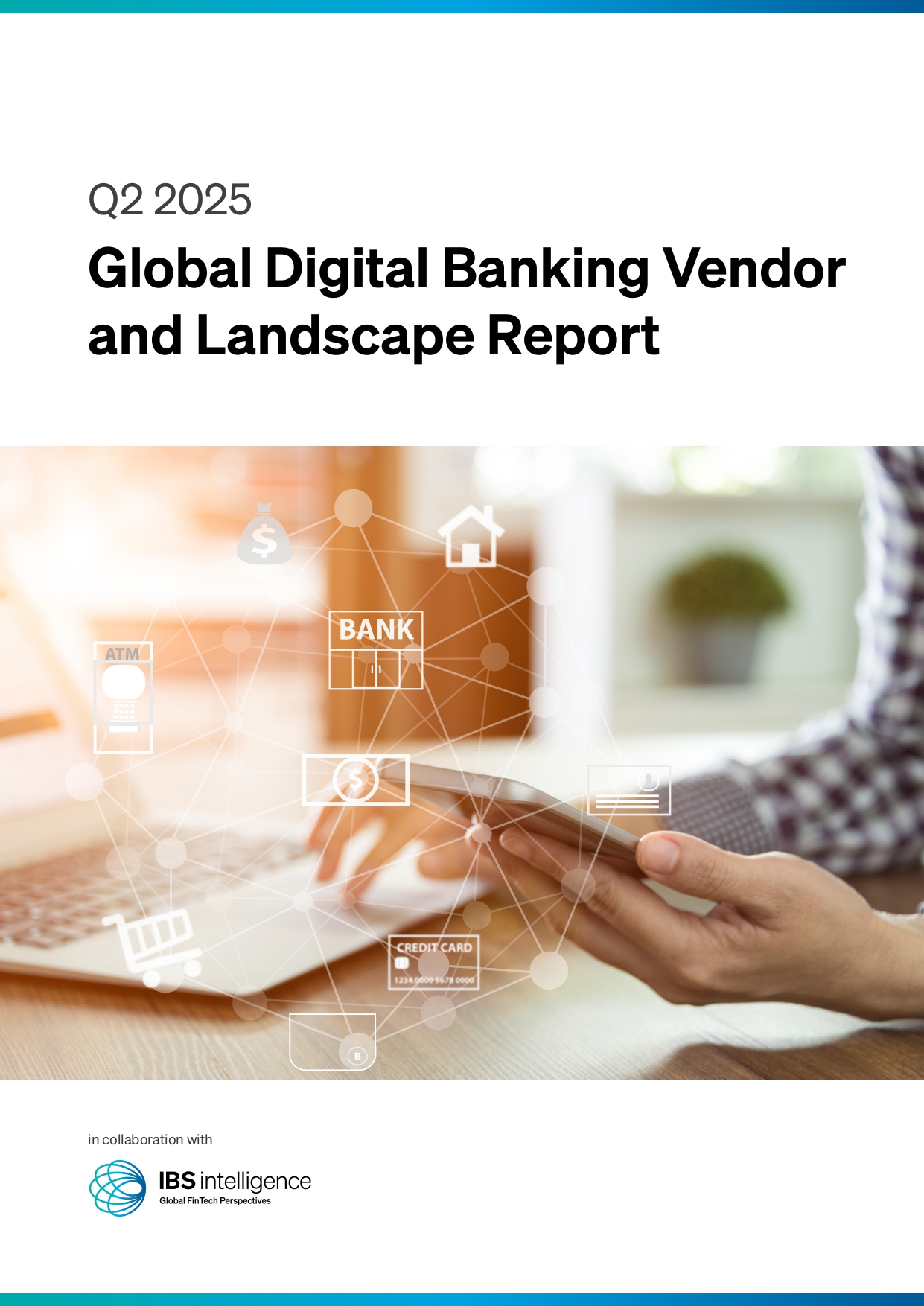
Global Digital Banking Vendor & Landscape Report Q2 2025
Know More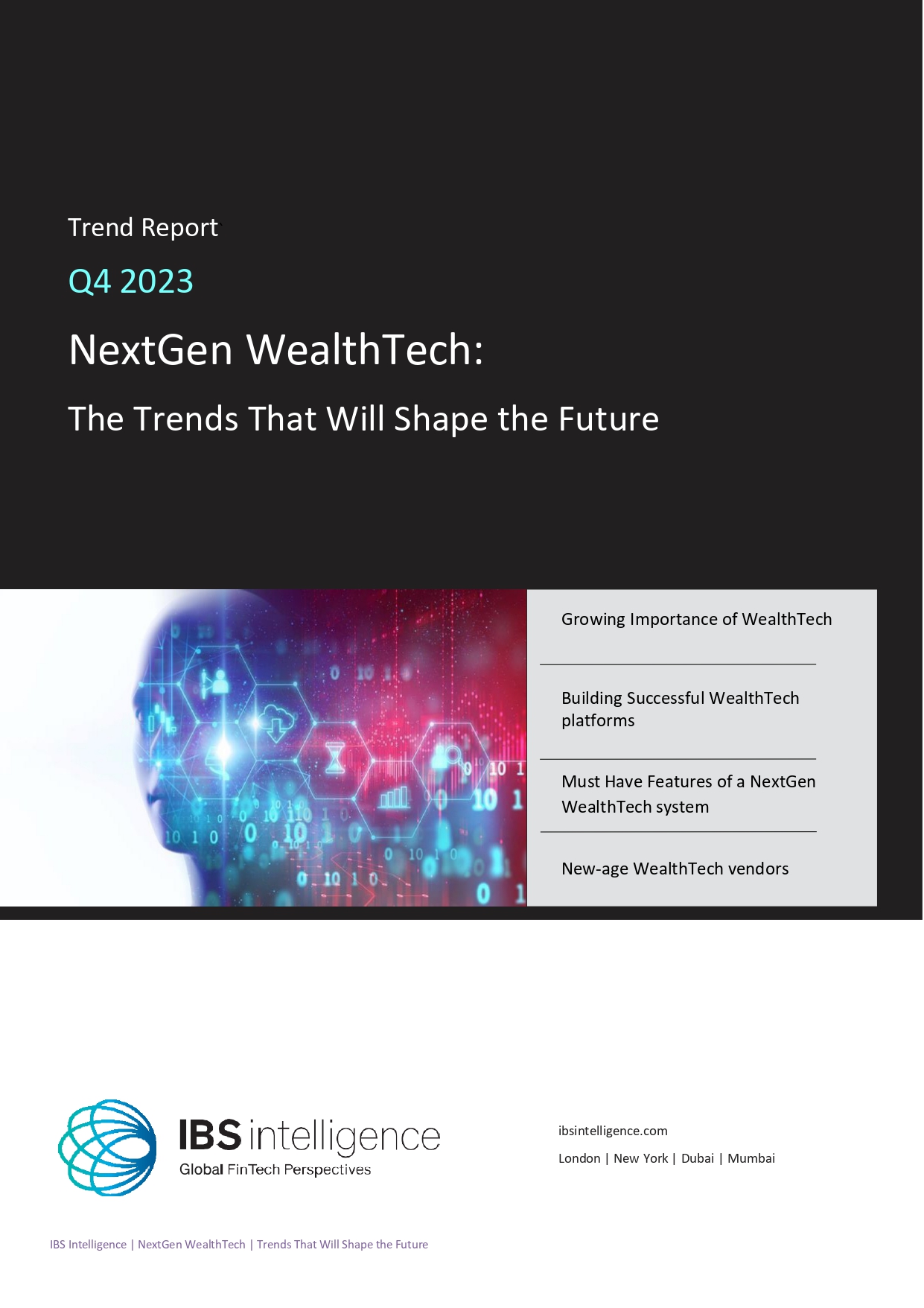
NextGen WealthTech: The Trends To Shape The Future Q4 2023
Know More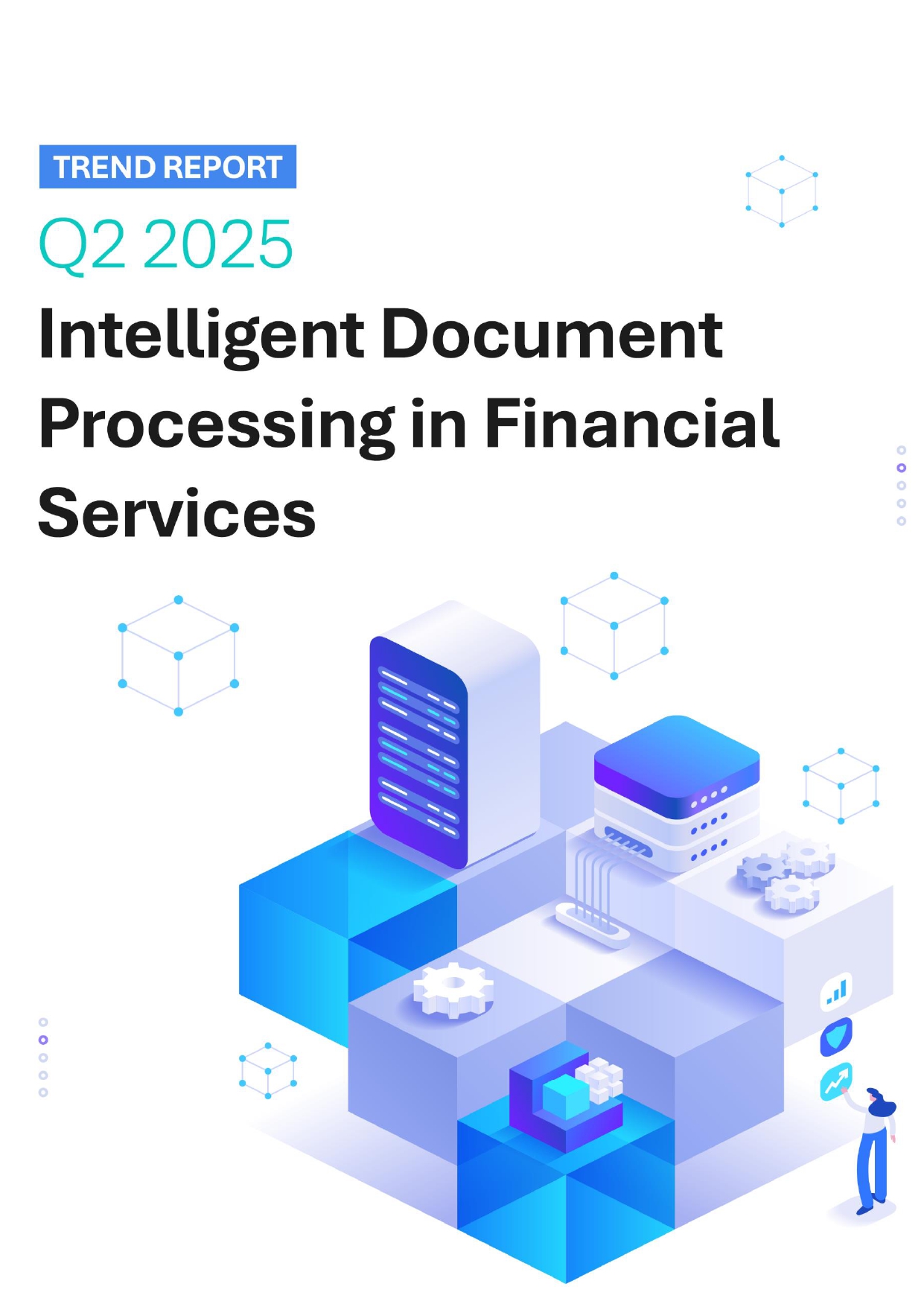
Intelligent Document Processing in Financial Services Q2 2025
Know More